Delta 8 vs Delta 9: A Historical Comparison of Two Cannabis Compounds
In the vast and complex world of cannabis chemistry, few compounds have captured public attention quite like Delta-8 and Delta-9 THC. These two cannabinoids, differing by just a single atomic bond placement, have carved remarkably different paths through scientific research, legal frameworks, and consumer markets over the past eight decades.
While most cannabis enthusiasts are familiar with Delta-9 THC as the primary psychoactive component of marijuana, fewer understand the parallel journey of its lesser-known cousin, Delta-8 THC. The story of these compounds reveals not just the evolution of cannabis science, but also the intricate dance between federal regulation, state legislation, and consumer demand that continues to shape today's hemp and cannabis markets.
When examining THCa vs delta 8 vs delta 9, we discover a fascinating narrative of simultaneous discovery, divergent research priorities, and ultimately, very different market trajectories. Understanding this history provides crucial context for today's cannabinoid potency comparison discussions and helps explain why these compounds occupy such different positions in current cannabis culture.
This comprehensive exploration traces the parallel development of Delta-8 and Delta-9 THC from their initial isolation in the 1940s through to today's complex legal landscape, revealing how similar chemical structures can lead to vastly different cultural, legal, and commercial outcomes.
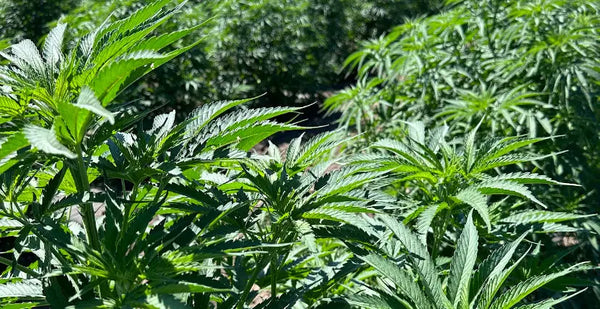
Simultaneous Discovery in the 1940s
The story of Delta-8 and Delta-9 THC begins in the same laboratory, at the same time, with the same pioneering researcher. In 1942, Israeli-American chemist Dr. Raphael Mechoulam first isolated both compounds from cannabis resin, marking a watershed moment in cannabis science. This simultaneous discovery would prove to be one of the few times these compounds would share identical timelines.
Working at the Weizmann Institute of Science in Israel, Mechoulam's groundbreaking research represented the first successful isolation of THC isomers from cannabis. Using advanced chromatography techniques that were revolutionary for the era, he separated various cannabinoids and identified their distinct chemical structures. The difference between delta 8 delta 9 became apparent immediately: while both shared the same molecular formula (C21H30O2), their atomic arrangements differed in the placement of a crucial double bond.
Delta-9 THC features its double bond on the ninth carbon chain, while Delta-8 THC places this bond on the eighth carbon. This seemingly minor structural difference would have profound implications for their respective biological activities, legal classifications, and market development over the following decades.
Mechoulam's initial research notes, preserved in the Weizmann Institute archives, reveal his early recognition that these were distinct compounds with potentially different pharmacological profiles. However, the technology and research infrastructure of the 1940s limited his ability to fully characterize their effects or understand their mechanisms of action.
The isolation process itself was extraordinarily challenging by today's standards. Cannabis research faced significant legal barriers even in the 1940s, and obtaining sufficient plant material for extraction required navigation of complex international regulations. Mechoulam worked with small quantities of hashish resin, using solvent extraction and fractional crystallization techniques that took months to complete.
Interestingly, Mechoulam initially believed Delta-8 THC might be more therapeutically promising than its Delta-9 counterpart, based on preliminary stability tests. Delta-8 showed greater resistance to oxidation and degradation, suggesting it might be easier to formulate into consistent therapeutic products. This early observation would prove prescient, as modern Delta-8 products often emphasize their stability advantages.
The 1940s discovery established the foundation for all subsequent research into these compounds, though it would be decades before scientists fully understood their pharmacological differences or before legal frameworks began distinguishing between various THC isomers.
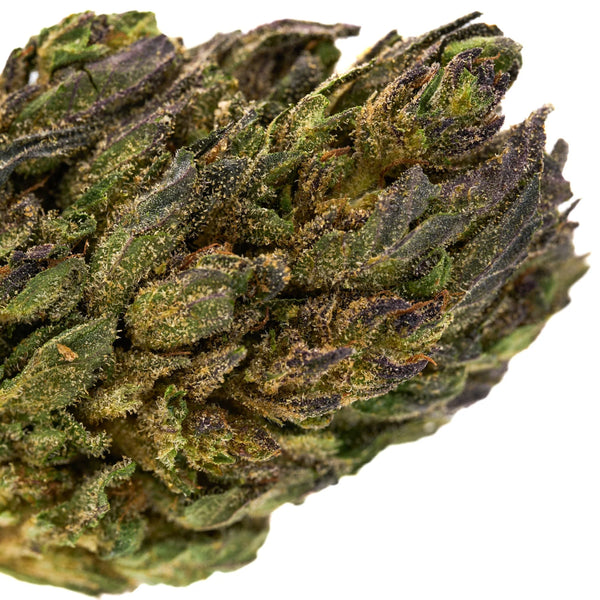
Early Research Focus - Delta 9 Takes the Lead
Following their simultaneous discovery, the research trajectories of Delta-8 and Delta-9 THC began to diverge dramatically. By the 1950s and 1960s, Delta-9 THC had captured the attention of researchers worldwide, while Delta-8 THC remained largely relegated to footnotes in scientific literature.
Several factors contributed to this research imbalance. First, Delta-9 THC appeared in significantly higher concentrations in most cannabis varieties, making it easier to extract and study in meaningful quantities. Typical marijuana flower contains 15-25% Delta-9 THC, while Delta-8 rarely exceeds 1% in natural cannabis plants. This abundance made Delta-9 the obvious target for researchers working with limited resources and primitive extraction equipment.
The delta 8 vs delta 9 history reveals that early pharmacological studies consistently favored Delta-9 due to its more pronounced psychoactive effects. Researchers in the 1960s were particularly interested in understanding cannabis intoxication mechanisms, and Delta-9's stronger psychoactive profile made it the more compelling research subject.
Dr. Mechoulam continued his research throughout the 1960s, but increasingly focused on Delta-9 THC. His landmark 1964 study definitively established Delta-9 THC as cannabis's primary psychoactive component, earning him international recognition and securing funding for expanded research programs. Meanwhile, Delta-8 THC remained a chemical curiosity mentioned primarily in comprehensive cannabinoid surveys.
The emergence of the counterculture movement in the 1960s further accelerated Delta-9 research. Government agencies, particularly in the United States, allocated substantial resources to understanding marijuana's effects on users. The National Institute on Drug Abuse (NIDA) sponsored numerous studies examining Delta-9 THC's pharmacology, toxicology, and behavioral effects. Delta-8 THC, being less psychoactive and less abundant, received minimal attention in these government-funded research programs.
University research programs followed similar patterns. Academic institutions with cannabis research permits typically focused their limited resources on Delta-9 THC studies, viewing it as more likely to yield publishable results and attract continued funding. The cannabis compounds comparison literature from this era overwhelmingly emphasizes Delta-9 THC, with Delta-8 mentioned only in comprehensive chemical analyses.
Pharmaceutical interest also concentrated on Delta-9 THC during this period. Companies exploring cannabis-based medications recognized Delta-9's potent effects and saw clearer pathways to therapeutic applications. Marinol (synthetic Delta-9 THC) development began in the 1970s, while no equivalent pharmaceutical interest emerged for Delta-8 THC.
This research imbalance would persist for decades, creating a knowledge gap that wouldn't begin closing until the 2010s. The early research focus on Delta-9 THC established it as the "standard" cannabis compound, while Delta-8 remained largely unknown outside specialist chemistry circles.
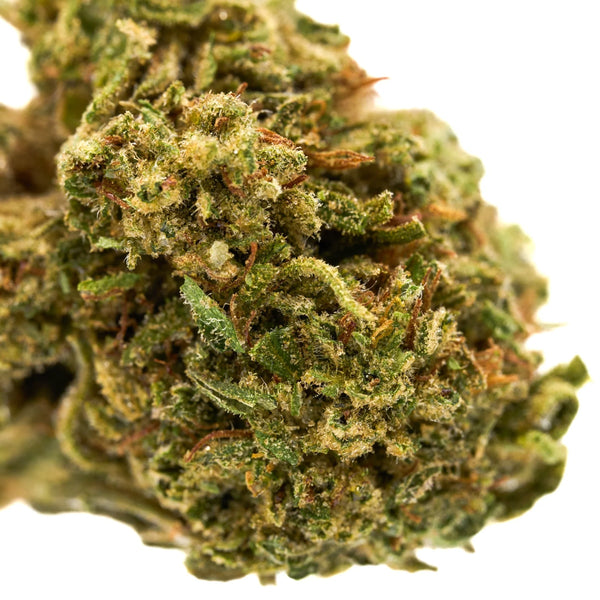
Legal Status Evolution - Parallel Yet Different Paths
The legal evolution of Delta-8 and Delta-9 THC represents one of the most complex chapters in American drug policy history. While both compounds faced similar initial restrictions, their legal paths diverged significantly with the passage of the 2018 Farm Bill, creating today's intricate regulatory landscape.
The Marihuana Tax Act of 1937 made no distinction between THC isomers, effectively prohibiting both Delta-8 and Delta-9 THC along with all cannabis-derived compounds. This blanket prohibition continued through the Controlled Substances Act of 1970, which classified marijuana and its constituents as Schedule I substances. During this 33-year period, both compounds shared identical legal status regardless of their different pharmacological profiles.
The first major legal divergence occurred with state-level medical marijuana programs beginning in California in 1996. These programs typically focused on whole-plant cannabis or Delta-9 THC products, inadvertently creating legal pathways for Delta-9 while leaving Delta-8 in regulatory limbo. Medical marijuana laws rarely mentioned specific cannabinoids beyond THC (implicitly referring to Delta-9), creating an unintentional legal distinction.
The THCa legal status and broader cannabinoid regulations became increasingly complex with the 2014 Farm Bill's hemp pilot programs. These programs established the crucial 0.3% Delta-9 THC threshold that would later become central to hemp legalization. Notably, the legislation specifically mentioned Delta-9 THC, not total THC, creating potential loopholes for other cannabinoids including Delta-8.
The 2018 Farm Bill revolutionized the legal landscape by legalizing hemp-derived products containing less than 0.3% Delta-9 THC. This legislation created a crucial distinction between hemp-derived vs marijuana-derived compounds. Delta-8 THC derived from compliant hemp suddenly occupied a legal gray area, as the law specifically regulated Delta-9 THC concentrations while remaining silent on other THC isomers.
Enterprising companies quickly recognized this regulatory gap, launching Delta-8 products derived from legal hemp through chemical conversion processes. These products claimed federal legality under the Farm Bill while providing psychoactive effects similar to traditional marijuana. The DEA initially remained quiet on this interpretation, allowing a robust Delta-8 market to develop.
State responses varied dramatically. Some states explicitly banned Delta-8 products through emergency rules or legislative amendments, while others embraced the new market opportunity. This patchwork of state regulations created a complex compliance environment where Delta-8 products might be federally compliant but state-prohibited.
The legal complexity increased further with synthetic vs. naturally-derived distinctions. Most commercial Delta-8 products result from chemical conversion of hemp-derived CBD, raising questions about whether these qualify as "hemp-derived" under federal law. The DEA's 2020 Interim Final Rule suggested that synthetically-derived cannabinoids might face different regulations, though enforcement has remained limited.
Recent legal developments continue evolving rapidly. Several states have moved to regulate Delta-8 similarly to traditional marijuana, while others maintain the hemp-derived distinction. Federal agencies have begun scrutinizing Delta-8 products more closely, particularly regarding manufacturing processes and marketing claims.
This parallel-yet-divergent legal evolution explains much of the current market dynamics, where Delta-9 products require state-licensed marijuana programs while Delta-8 products often operate in less-regulated hemp markets.
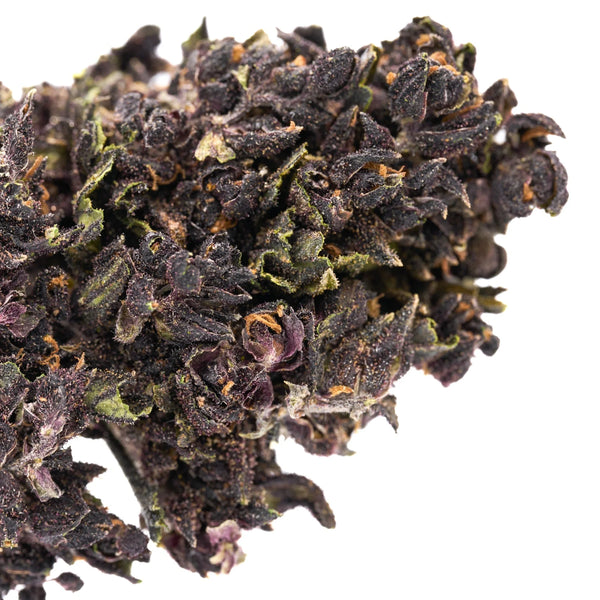
Market Development Timelines - The Great Divergence
The commercial development of Delta-8 and Delta-9 THC markets tells a story of timing, regulation, and consumer demand that spans over five decades. While both compounds emerged from the same scientific discovery, their market trajectories could hardly be more different.
Delta-9 THC's commercial journey began in the underground markets of the 1960s counterculture movement. Despite federal prohibition, demand for marijuana and its psychoactive effects drove the development of sophisticated cultivation, processing, and distribution networks. By the 1970s, these illegal markets had established many of the consumption methods, potency standards, and product categories that would later transition into legal markets.
The first legitimate Delta-9 THC product reached markets in 1985 with FDA approval of Marinol (synthetic Delta-9 THC) for AIDS-related wasting syndrome. This pharmaceutical approach represented the only legal access to Delta-9 THC for over a decade, though black market alternatives remained far more popular due to cost and accessibility factors.
California's medical marijuana program in 1996 marked the beginning of regulated Delta-9 THC markets. Early dispensaries offered primarily flower products, with limited processing and standardization. However, these markets established crucial infrastructure including testing laboratories, regulatory frameworks, and consumer education programs that would prove essential for later expansion.
The delta 8 delta 9 timeline shows Delta-8 following a completely different path. While Delta-9 markets developed gradually through state-by-state marijuana legalization, Delta-8 remained virtually non-existent commercially until 2018. The compound appeared occasionally in full-spectrum hemp products, but always as a minor constituent rather than a target molecule.
Colorado and Washington's adult-use marijuana legalization in 2014 accelerated Delta-9 market sophistication. These programs introduced recreational consumers to diverse product categories including edibles, concentrates, and topicals. Professional manufacturing facilities replaced home-based extraction operations, while marketing and branding transformed marijuana from a stigmatized substance into consumer goods.
The explosion of Delta-8 products after 2018 represents one of the fastest-growing cannabis markets in history. Within two years of the Farm Bill's passage, hundreds of companies launched Delta-8 product lines ranging from gummies and vapes to tinctures and flower. This rapid market development leveraged existing hemp industry infrastructure while targeting consumers seeking legal access to psychoactive effects.
Key differences in market development patterns reveal important insights. Delta-9 markets developed slowly through heavily regulated state programs with limited interstate commerce. Testing requirements, packaging regulations, and advertising restrictions shaped product development from the beginning. Delta-8 markets developed rapidly in less-regulated environments, often operating more like dietary supplement markets than cannabis programs.
Consumer education followed different patterns as well. Delta-9 consumers typically learned about the compound through decades of cultural knowledge, underground markets, and eventually, licensed dispensary staff. Delta-8 consumers often encountered the compound through online marketing, convenience stores, or smoke shops with limited educational resources.
Manufacturing approaches also diverged significantly. Delta-9 products typically involve direct extraction from high-THC cannabis flower, while most commercial Delta-8 products result from chemical conversion of hemp-derived CBD. This manufacturing difference affects everything from supply chains to quality control procedures.
The cannabinoid potency comparison between markets reveals additional distinctions. Delta-9 products typically range from 5-100mg doses depending on product category and consumer tolerance. Delta-8 products often feature higher milligram amounts to achieve similar effects, reflecting the compound's lower psychoactive potency.
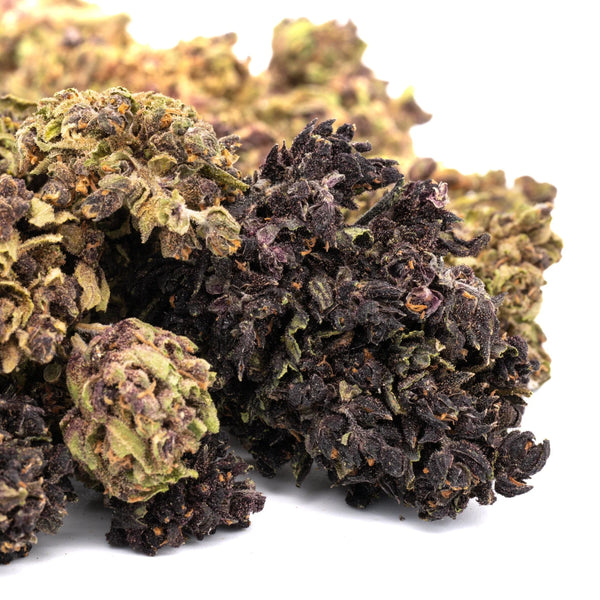
Scientific Understanding Progression - Knowledge Gaps and Breakthroughs
The scientific understanding of Delta-8 and Delta-9 THC has evolved dramatically over eight decades, though knowledge development has been far from equal between the two compounds. This imbalanced research landscape continues to influence everything from product development to regulatory decisions.
Delta-9 THC research accelerated rapidly after its initial isolation, driven by government interest in understanding marijuana's effects. By the 1970s, researchers had established its primary mechanism of action through CB1 and CB2 receptor binding, characterized its pharmacokinetics, and documented its major physiological and psychological effects. Studies revealed Delta-9 THC's biphasic dose response, its metabolism pathways through 11-hydroxy-THC, and its interactions with other cannabinoids.
The endocannabinoid system's discovery in the 1990s further advanced Delta-9 THC understanding. Researchers mapped its receptor affinities, documented its role in various physiological processes, and began exploring therapeutic applications beyond appetite stimulation. Hundreds of peer-reviewed studies established Delta-9 THC as one of the most thoroughly researched psychoactive compounds.
Delta-8 THC research lagged significantly, hampered by its low natural abundance and limited commercial interest. Early studies suggested it produced similar but milder effects compared to Delta-9, leading many researchers to dismiss it as a less interesting analog. This "minor cannabinoid" status meant Delta-8 received minimal research attention for decades.
The scientific breakthrough for Delta-8 came with improved analytical chemistry techniques in the 2000s and 2010s. Advanced chromatography and mass spectrometry methods enabled researchers to better isolate and study minor cannabinoids. These technological advances coincided with growing interest in the "entourage effect" and whole-plant medicine approaches.
Recent comparative studies reveal fascinating differences in how these compounds interact with the endocannabinoid system. While both bind to CB1 and CB2 receptors, Delta-8 shows approximately 50% lower binding affinity than Delta-9. This reduced receptor activation explains many users' reports of milder, more manageable effects with preserved cognitive function.
Pharmacokinetic research shows important distinctions in metabolism and duration. Delta-8 THC appears to have a longer half-life than Delta-9, potentially explaining user reports of more sustained effects. However, much of this research remains preliminary, highlighting the knowledge gaps that still exist.
The cannabis compounds comparison reveals that tolerance development patterns differ between compounds. Anecdotal evidence suggests Delta-8 may produce less tolerance than Delta-9, though controlled studies are limited. This potential difference could have significant implications for medical applications and recreational use patterns.
Safety research presents perhaps the largest knowledge gap. While Delta-9 THC has extensive toxicology data from decades of research, Delta-8 safety profiles remain largely uncharacterized. Most Delta-8 products undergo limited testing, and manufacturing processes introduce additional variables not present in traditional cannabis products.
Recent research interests focus on therapeutic applications where Delta-8 might offer advantages over Delta-9. Preliminary studies suggest Delta-8 may provide anti-nausea effects with reduced anxiety and paranoia side effects. However, these findings remain largely anecdotal pending controlled clinical trials.
The synthetic nature of most commercial Delta-8 products introduces additional research complexities. Chemical conversion processes may create impurities or byproducts not present in naturally-derived compounds, requiring specialized analytical methods and safety assessments.
Current research priorities include establishing standardized potency testing methods, characterizing manufacturing impurities, documenting pharmacokinetic profiles, and conducting controlled efficacy studies. The knowledge gaps represent both challenges and opportunities for advancing cannabinoid science.
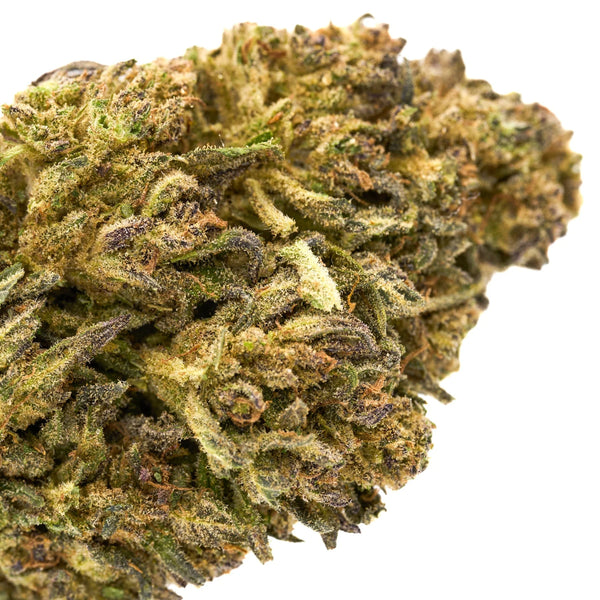
Current Legal Landscape Comparison - A Patchwork of Regulations
Today's legal landscape for Delta-8 and Delta-9 THC resembles a complex patchwork quilt, with federal frameworks, state regulations, and local ordinances creating a maze of compliance requirements that continues evolving rapidly. Understanding this current regulatory environment requires examining federal positions, state variations, and enforcement patterns.
At the federal level, Delta-9 THC remains a Schedule I controlled substance under the Controlled Substances Act, with exceptions only for FDA-approved pharmaceuticals like Marinol and Epidiolex. However, the 2018 Farm Bill created crucial distinctions for hemp-derived products containing less than 0.3% Delta-9 THC by dry weight, effectively legalizing hemp and its derivatives while maintaining marijuana prohibition.
Delta-8 THC occupies a more ambiguous federal position. The Farm Bill's language focuses specifically on Delta-9 THC concentrations, creating potential legal pathways for other cannabinoids derived from compliant hemp. The DEA's position remains somewhat unclear, with various agency statements suggesting both tolerance and concern regarding Delta-8 products, particularly those produced through synthetic conversion processes.
State-level regulations create the most complexity in current THCa legal status discussions. As of 2025, eighteen states have explicitly banned Delta-8 THC products, while others regulate them similarly to traditional marijuana. States like Colorado and California include Delta-8 within their adult-use cannabis programs, requiring licensed production and retail sales through established dispensary systems.
Conversely, states without comprehensive marijuana programs often allow Delta-8 products through hemp regulations. Texas, Florida, and North Carolina permit Delta-8 sales through smoke shops and online retailers, though regulatory oversight varies significantly. These hemp-derived vs marijuana-derived distinctions create vastly different market conditions within individual states.
Product testing requirements illustrate current regulatory disparities. Delta-9 THC products in legal marijuana markets typically undergo comprehensive testing for potency, pesticides, residual solvents, heavy metals, and microbials. Delta-8 products often face minimal testing requirements, sometimes limited to basic potency verification without safety screening.
Advertising and marketing regulations also differ substantially. Delta-9 THC products face strict advertising limitations, typically prohibited from television, radio, and many digital platforms. Delta-8 products operate in less-regulated environments, often marketed similarly to dietary supplements with fewer content restrictions.
Interstate commerce presents another regulatory complexity. Legal Delta-9 THC products generally cannot cross state lines, even between legal states, due to federal prohibition. Delta-8 products claiming hemp-derived status often ship across state lines, though this practice faces increasing scrutiny from federal agencies.
Banking and payment processing reflect these regulatory uncertainties. Traditional financial institutions typically avoid both Delta-8 and Delta-9 businesses, though some hemp-focused payment processors serve Delta-8 companies. This financial infrastructure limitation affects everything from business operations to consumer purchasing options.
Enforcement patterns vary dramatically by jurisdiction and product type. Federal agencies have focused enforcement efforts primarily on illegal marijuana operations rather than hemp-derived cannabinoids, though this could change as markets mature and regulatory positions clarify.
The current legal landscape continues evolving rapidly, with new state legislation, federal guidance, and court decisions regularly reshaping the regulatory environment for both compounds.
Consumer Adoption Patterns - Markets and Preferences
Consumer adoption patterns for Delta-8 and Delta-9 THC reveal distinct market segments, usage preferences, and demographic trends that reflect both legal accessibility and compound characteristics. These patterns provide insight into how consumers navigate the complex cannabinoid landscape and what drives product selection decisions.
Delta-9 THC consumer adoption followed traditional drug market patterns, beginning with counterculture early adopters in the 1960s and gradually expanding through social networks and subcultures. Legalization accelerated mainstream adoption, with adult-use markets attracting consumers who previously avoided illegal products due to legal concerns or access limitations.
Current Delta-9 consumers span diverse demographics but tend toward higher-income, college-educated adults in legal states. Dispensary data shows consistent preferences for flower products (approximately 45% of sales), followed by edibles (25%), and concentrates (15%). Consumer education through licensed retailers has driven sophistication in product selection, with many users developing preferences for specific terpene profiles, cannabinoid ratios, and consumption methods.
Delta-8 adoption patterns differ significantly, driven primarily by legal accessibility rather than product preference. Delta 8 vs delta 9 history shows Delta-8 consumers often include individuals in states without legal marijuana access, seeking legal alternatives to traditional cannabis products. This consumer base frequently includes older adults, professionals, and others who prefer legal compliance even with potentially milder effects.
Age demographics reveal interesting distinctions. Delta-9 consumers skew younger, with heaviest usage among adults 21-35 years old. Delta-8 consumers show broader age distribution, including significant adoption among adults over 40 who appreciate legal status and reportedly more manageable psychoactive effects.
Geographic patterns reflect legal accessibility. Delta-8 consumption concentrates in states without comprehensive marijuana programs, including Texas, Florida, Georgia, and North Carolina. These markets often show higher per-capita Delta-8 sales compared to states with established marijuana programs, suggesting substitution effects.
Product preferences also differ between consumer bases. Delta-8 users favor gummies and vape cartridges, products that offer discrete consumption and standardized dosing. Delta-9 consumers show greater diversity in product selection, including flower, concentrates, and various edible formats. This difference may reflect retail environments, with Delta-8 products sold primarily through convenience-focused channels while Delta-9 products benefit from specialized dispensary experiences.
Usage occasion patterns show noteworthy variations. Delta-8 users report higher rates of daytime and workplace proximity consumption, suggesting the compound's milder effects fit better with maintained functionality requirements. Delta-9 users more commonly report evening and weekend usage patterns consistent with stronger psychoactive effects.
Price sensitivity differs between consumer groups as well. Delta-8 products often compete on price accessibility, while Delta-9 consumers increasingly prioritize quality, testing, and brand reputation. This difference reflects both market maturity and consumer education levels.
Consumer feedback through reviews and surveys suggests different satisfaction drivers. Delta-8 users frequently emphasize legal peace of mind and functional psychoactive effects, while Delta-9 users focus more on potency, flavor profiles, and specific therapeutic benefits.
Future Predictions for Both Compounds
The future trajectories of Delta-8 and Delta-9 THC will likely be shaped by federal policy changes, scientific research advancement, and evolving consumer preferences. While both compounds face regulatory uncertainty, their paths forward appear increasingly divergent.
Delta-9 THC's future seems most closely tied to federal marijuana policy reform. Potential federal legalization or rescheduling would dramatically expand Delta-9 markets while potentially creating more competitive pressure for Delta-8 products. Banking reform, interstate commerce allowances, and federal taxation changes could transform Delta-9 from a state-regulated industry into a national consumer goods market.
Scientific research will continue favoring Delta-9 THC given its established therapeutic applications and pharmaceutical development pipelines. Additional FDA-approved medications containing Delta-9 THC seem likely, particularly for conditions like PTSD, chronic pain, and neurological disorders. This medical validation could drive broader social acceptance and political support for legalization initiatives.
Delta-8 THC faces a more uncertain future, largely dependent on federal regulatory clarification. The DEA may eventually provide definitive guidance on hemp-derived cannabinoids, potentially restricting synthetic conversion processes or requiring Delta-8 products to undergo traditional drug approval pathways. Alternatively, explicit recognition of Delta-8's legal status could validate current market approaches and encourage further investment.
The difference between delta 8 delta 9 in market positioning may become more pronounced as regulations mature. Delta-8 could evolve toward a wellness/functional product category similar to CBD, emphasizing mild psychoactive effects and legal accessibility. This positioning might appeal to consumers seeking cannabis benefits without marijuana's stronger effects or legal complications.
Manufacturing innovations will likely improve both compounds' market prospects. Advanced extraction techniques, synthetic biology approaches, and novel delivery methods could reduce costs and improve product consistency. Delta-8 particularly stands to benefit from manufacturing improvements that address current quality control challenges.
International markets present growth opportunities for both compounds. Canada's established cannabis framework provides a model for Delta-9 THC development, while hemp-legal countries may embrace Delta-8 products as legal alternatives to traditional marijuana. European markets could prove particularly receptive to wellness-positioned Delta-8 products.
Consumer education will increasingly distinguish these compounds in marketplace positioning. As knowledge gaps fill through research and user experience, consumers may develop more sophisticated preferences based on specific effects profiles rather than simply legal status or availability.
The broader cannabinoid market expansion suggests both compounds will compete with emerging alternatives like Delta-10, HHC, and other novel cannabinoids. This competition could drive innovation while requiring clearer regulatory frameworks to ensure consumer safety and market stability.
Comprehensive FAQ Section
Q: What is the main difference between Delta-8 and Delta-9 THC? A: The primary difference lies in their molecular structure - Delta-8 has a double bond on the 8th carbon chain while Delta-9 has it on the 9th. This small difference results in Delta-8 producing milder psychoactive effects, typically described as more manageable and less likely to cause anxiety or paranoia compared to Delta-9 THC.
Q: Which compound was discovered first? A: Both Delta-8 and Delta-9 THC were discovered simultaneously in 1942 by Dr. Raphael Mechoulam at the Weizmann Institute of Science in Israel. However, research focus quickly shifted toward Delta-9 due to its higher natural abundance and stronger psychoactive effects.
Q: Is Delta-8 THC legal at the federal level? A: Delta-8 THC occupies a legal gray area. The 2018 Farm Bill legalized hemp-derived products containing less than 0.3% Delta-9 THC, which many interpret as allowing Delta-8 products derived from compliant hemp. However, the DEA has not provided definitive guidance, and several states have banned Delta-8 regardless of federal interpretation.
Q: How do the effects of Delta-8 and Delta-9 compare? A: Delta-8 THC typically produces effects that are 50-70% as potent as Delta-9 THC. Users report clearer thinking, reduced anxiety, and longer-lasting effects with Delta-8. Delta-9 produces stronger psychoactive effects but may be more likely to cause anxiety, paranoia, or cognitive impairment in sensitive individuals.
Q: Can you fail a drug test from Delta-8 products? A: Yes, Delta-8 THC can cause positive results on standard drug tests. Most drug tests cannot distinguish between Delta-8 and Delta-9 THC metabolites, so using Delta-8 products may result in failed employment or legal drug screenings.
Q: Which compound is better for medical use? A: Both compounds show therapeutic potential, but Delta-9 THC has more established medical research and FDA-approved applications. Delta-8 may offer advantages for patients who experience anxiety or cognitive side effects with Delta-9, though more research is needed to establish definitive medical benefits.
Q: How are most Delta-8 products manufactured? A: Most commercial Delta-8 products are created through chemical conversion of hemp-derived CBD using acids and heat. This process isomerizes CBD into Delta-8 THC, though it may create impurities requiring additional purification steps. Natural Delta-8 extraction from cannabis is possible but economically challenging due to low natural concentrations.
Q: What does the future hold for these compounds? A: Delta-9 THC's future likely depends on federal marijuana legalization, which could dramatically expand its markets. Delta-8's future depends on regulatory clarification - it may either face restrictions on synthetic production methods or gain explicit legal recognition as a hemp-derived product.

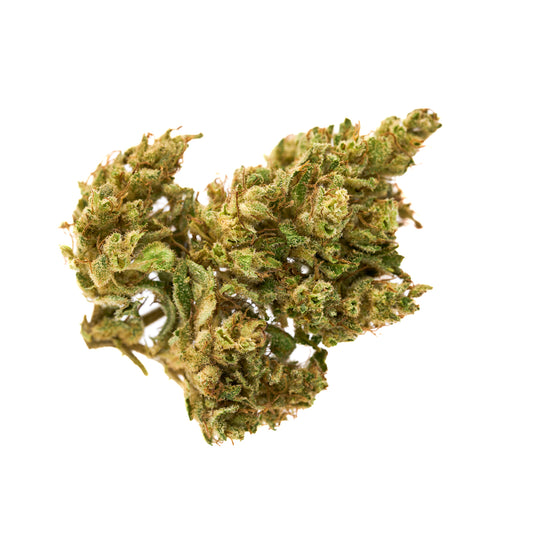
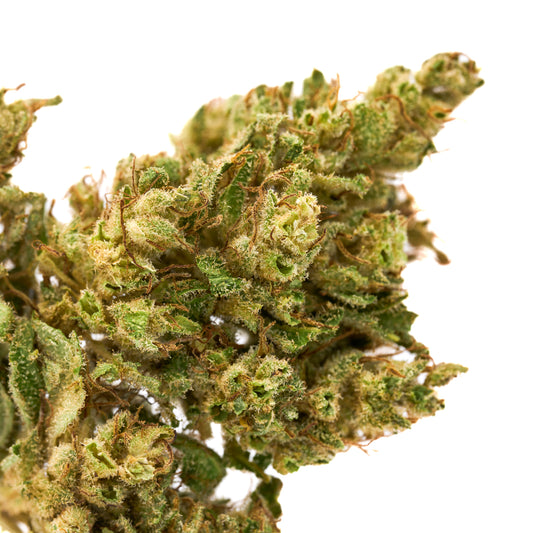
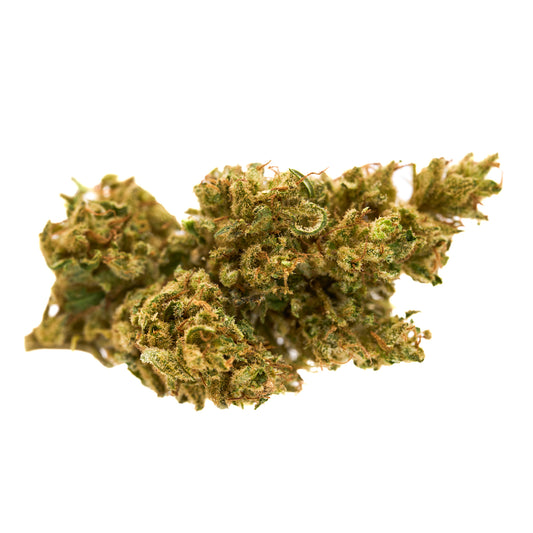
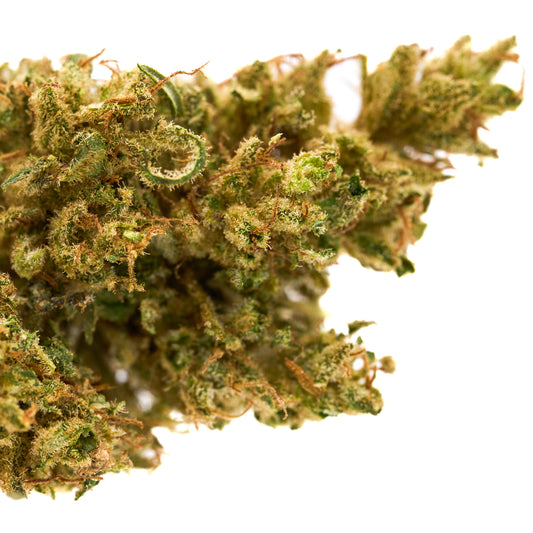
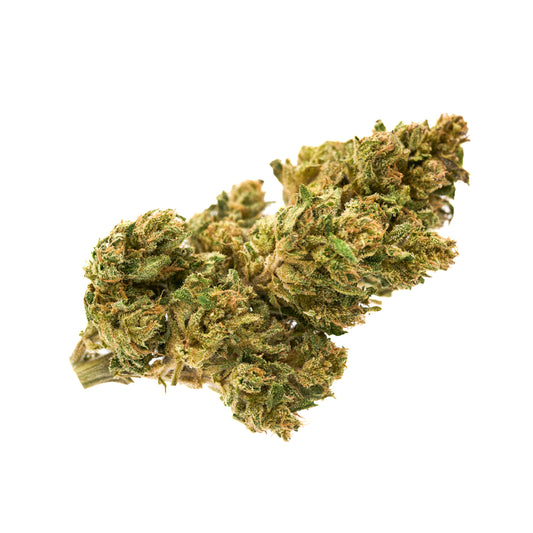
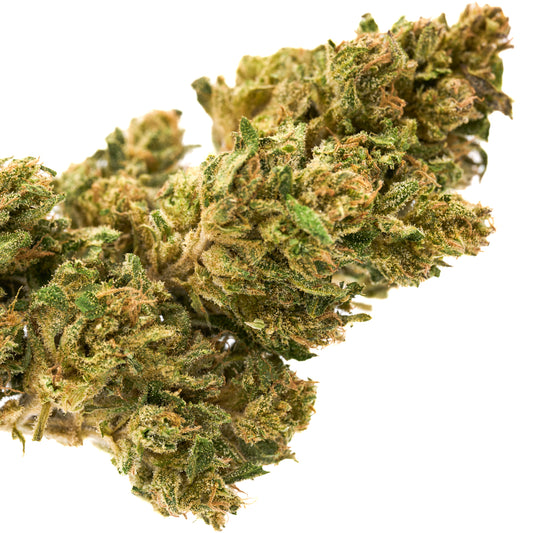



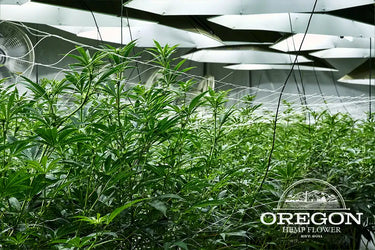

Leave a comment
Please note, comments need to be approved before they are published.